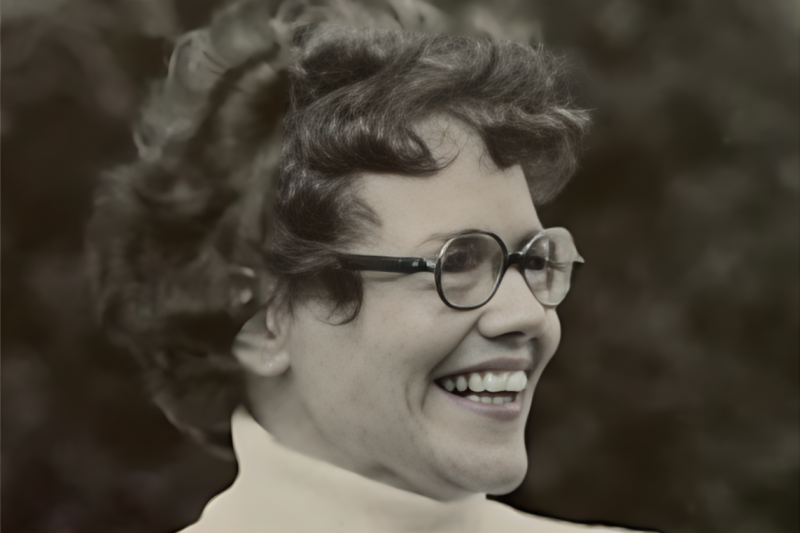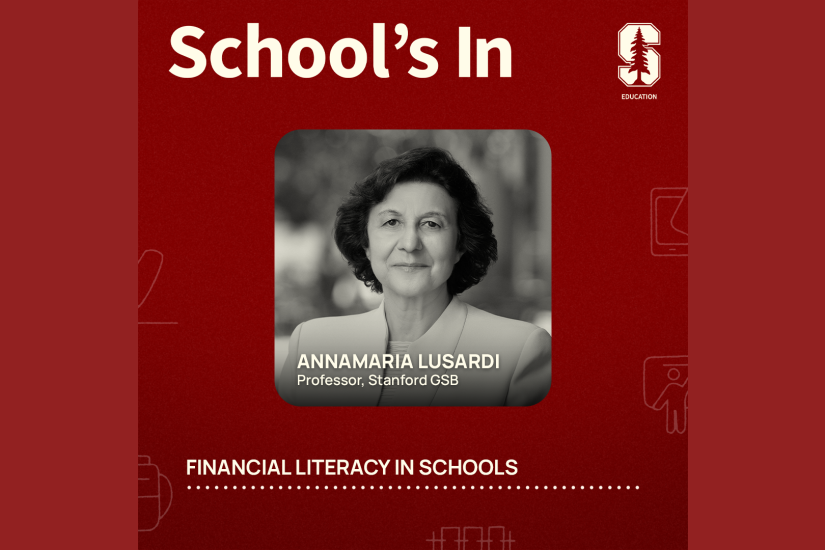
Stanford study suggests way to improve early reading in developing countries
When it comes to improving children's literacy in developing countries, the vast majority of resources are focused on schools.
But efforts to support reading in student homes and outside of school can have a significant payoff, according to a new study led by Stanford Graduate School of Education alumnus Elliott Friedlander and Professor Claude Goldenberg.
The Stanford-led team conducted a randomized control trial of a literacy intervention in Rwanda to determine whether programs aimed at families and communities had an impact on children's reading --above and beyond-- the traditional approach of training teachers.
Finding effective ways to improve children's literacy comes at a critical time. Despite a dramatic rise in school enrollment across the world, the quality of education has not kept pace. The United Nations Educational, Scientific and Cultural Organization (UNESCO) estimates that 250 million children cannot read, write or count well, and 200 million young people leave school without the skills they need to thrive.
Friedlander and Goldenberg's team tracked the progress of early elementary students for two years in Gicumbi, a northern rural district of Rwanda, in partnership with the international NGO Save the Children and the Rwanda Education Board.
The researchers compared reading scores and grade repetition among three groups of children: those assigned to Save the Children's Literacy Boost program, which targets family and community engagement outside of school in addition to strengthening reading pedagogy at school through teacher training; those who were exposed to school-based teacher training only; and a third group who received neither and served as a control group.
The researchers found that in grade progression, children in the teacher-training group and the Literacy Boost group both benefited. After being assessed in Primary 1 in 2013, 40 percent more children in the Literacy Boost and teacher-training only groups made it to Primary 3 two years later than did the control group who were not exposed to any literacy intervention.
But in reading skills, the Literacy Boost children significantly outperformed the other groups. The average Literacy Boost student read more fluently than 62 percent of the students in the control group. There was no significant difference in reading fluency between students in teacher training alone and those in the control group.
Similarly, the average Literacy Boost student scored higher in reading comprehension than 63 percent of control group children. Those exposed to teacher training alone also showed a statistically significant advantage compared with the control group, though the difference was small.
"The study showed that there are concrete things that can be done to improve the early reading achievement of children in rural Rwanda and, by extension, probably kids in other areas of the developing world," Goldenberg said. "An effort that involves home and community intervention-- coupled with teacher training and school intervention-- is going to produce more robust, stronger effects than just teacher training alone."
Friedlander helped develop Save the Children’s Literacy Boost program prior to pursuing his PhD at Stanford. It has now been implemented in more than 30 countries around the world and over 1.5 million children have participated.
How did Literacy Boost impact reading skills?
The key community components of Literacy Boost in Rwanda were Book Banks, Reading Clubs for kids, and workshops for parents. The Book Banks, placed in schools and communities, underpinned all the efforts. These boxes were filled with varied and attractively illustrated books in Kinyarwanda, the local language, which Save the Children helped develop with the local publishing industry to fill a dearth of children's books.
Children were invited to participate in village-based gatherings led by a trained local volunteer. During these gatherings, called Reading Clubs, children heard stories and read storybooks, played games that involved letters and words, sang, and --in some cases-- made written materials from available resources like old cardboard cartons to bring home.
Parents were encouraged to attend Reading Awareness Workshops to learn about ways to support their children's learning. "The adult literacy rate is 60-70 percent in the communities in which we work. However, parents often don't realize how much potential they have. Even if they can't read text themselves, they can talk to the child, help develop critical thinking skills and do many other things to help children build their cognitive and literacy skills" Friedlander said.
The researchers found evidence that access to books and reading motivation were key factors in improving scores. At the end of the program, the presence of storybooks in children's homes was significantly higher among the Literacy Boost kids and the children expressed more interest in reading.
While the results were encouraging, the study revealed that significant deficits remain. After close to three years of primary schooling, 31 percent of students were still unable to identify most letters of the alphabet and read or write a single word. And, grade repetition was very high: nearly 2 in 5 students in the sample repeated at least one early primary level.
In the next stage of the research, Friedlander and Goldenberg will be looking at what can be done to push the results to a higher level and how to sustain the impact that the program has had so far. One of the main challenges is finding hooks in the local culture that might help the efforts take root. Researchers will look at whether the Reading Clubs continue to meet, how many books remain in the Book Banks and whether parents are still reading to their children.
"Part of the reason that there is more focus on the schools and teacher training areas when we talk about how we improve reading is that it is much easier in terms of institutional ownership and support," said Bethany Ericson, Director of Save the Children’s Education Signature Programme in Rwanda.
But the promise of a broader approach is that it will reach children, especially those who do not attend regularly or at all, throughout their day, 365 days a year, and thereby foster a more lasting change in the culture.
Increasing kids' access to books was not just a question of making books physically available, according to Ericson. It also required changing people's expectations of how children should relate to books. "One of the pervasive attitudes that we found when we started the program was: 'Why should you give a child a book when they don't know how to read yet?' Changing that mentality is one of the real accomplishments of the project," Ericson said.
"If you get the needle to move closer towards a culture of reading, it will likely sustain itself much better than an intervention that is happening at the school and, once the supports are gone, goes right back to the traditional ways of going to school," Friedlander said.
The study called, "Literacy Boost in Rwanda: Impact Evaluation of a Two Year Randomized Control Trial," is primarily funded by Comic Relief, a UK charity. The research collaboration includes the GSE, the Rwanda Education Board, Save the Children and Umuhuza, a local non-governmental organization in Rwanda.
Stanford GSE doctoral students Saima Malik, Diana Mercado-Garcia, Erin Raab, Angela Sun, and Sen Zhou, together with GSE alumni Nicole Arshan (PhD), Rachel Baker (PhD), Kijoo Cha (PhD), Daniel Klasik (PhD), Catherine Galloway (M.A. International Comparative Education) and Stanford undergraduate Jeongeun Park, and GSE Professor Tom Dee and Professor Emeritus Ed Haertel made significant contributions to the project since 2013.



